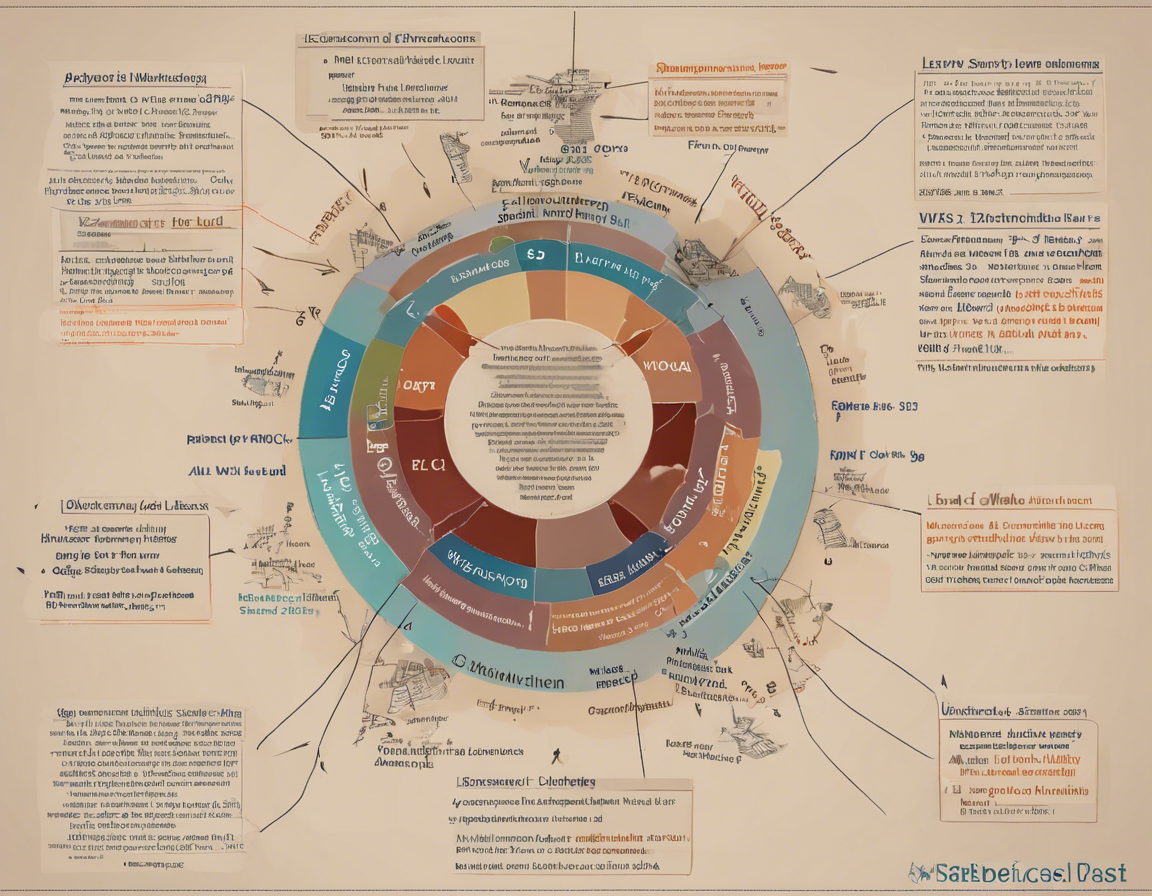In the realm of international business and cross-cultural communication, the Lewis Model offers a valuable framework for understanding how different cultures approach communication and negotiation. Developed by British linguist Richard D. Lewis, this model categorizes cultures into three distinct groups: Linear-Active, Multi-Active, and Reactive. By delving into the nuances of these cultural types, individuals and organizations can navigate cultural differences more effectively and improve their global communication strategies.
Breaking Down the Lewis Model:
1. Linear-Active Cultures:
Linear-Active cultures, such as those found in the United States, Germany, and Switzerland, prioritize task-oriented communication. People from these cultures typically value efficiency, punctuality, and directness in their interactions. They are likely to appreciate well-structured presentations and straightforward negotiations.
2. Multi-Active Cultures:
In contrast, Multi-Active cultures, including those in countries like Italy, Spain, and Greece, prioritize relationships and emotions in communication. Individuals from these cultures often engage in animated discussions, value personal connections, and may blur the lines between personal and professional life.
3. Reactive Cultures:
Reactive cultures, as seen in countries like Japan, China, and Vietnam, emphasize listening and observing before responding. Individuals from these cultures tend to value harmony, non-verbal cues, and indirect communication styles. Building trust and maintaining relationships are paramount in reactive cultures.
Applying the Lewis Model in Real Life:
-
Negotiation Strategies: Understanding the cultural preferences of the party you are negotiating with can significantly impact the success of your negotiations. For example, in a negotiation with a Linear-Active culture, focusing on data, facts, and clear objectives may be more effective, while in a Multi-Active culture, considering personal relationships and emotional appeals could be crucial.
-
Communication Styles: When communicating across cultures, adapting your communication style to align with the preferences of the other party can enhance mutual understanding. Being aware of cultural differences in verbal and non-verbal communication cues can help avoid misunderstandings and foster positive relationships.
-
Team Dynamics: Building cross-cultural teams based on the Lewis Model can leverage the strengths of each cultural type. Combining the task-oriented focus of Linear-Active cultures, the relationship emphasis of Multi-Active cultures, and the listening skills of Reactive cultures can lead to more balanced and effective teams.
-
Leadership Approaches: Effective leaders recognize and respect cultural differences within their teams. By acknowledging and leveraging the strengths of each cultural type, leaders can create inclusive environments where team members feel valued and understood.
Frequently Asked Questions (FAQs) about the Lewis Model:
1. What are some common challenges when applying the Lewis Model in practice?
Applying the Lewis Model can be complex as individuals may exhibit traits from multiple cultural types. Additionally, cultural preferences are not static and may evolve over time.
2. How can I determine the cultural type of a particular individual or group?
Observing communication habits, decision-making processes, and conflict resolution styles can provide insights into the cultural type of an individual or group according to the Lewis Model.
3. Is it possible for individuals to adapt their communication style across different cultural types?
Yes, individuals can learn to adapt their communication style based on the cultural context they are operating in. Cultural intelligence and awareness are key to successful cross-cultural communication.
4. Can the Lewis Model be applied beyond business settings?
Absolutely. The Lewis Model is relevant in various contexts, including education, diplomacy, and social interactions. Understanding cultural differences can enhance collaboration and empathy in diverse environments.
5. How can organizations leverage the Lewis Model to improve their global operations?
Organizations can incorporate cultural awareness training, create diverse teams, and establish clear communication protocols based on the insights from the Lewis Model. This can lead to enhanced cross-cultural effectiveness and overall success in global endeavors.
In conclusion, the Lewis Model serves as a valuable tool for navigating the complexities of cross-cultural communication and understanding. By appreciating the diverse communication styles and preferences of different cultures, individuals and organizations can foster greater collaboration, build stronger relationships, and achieve success in a globalized world.
